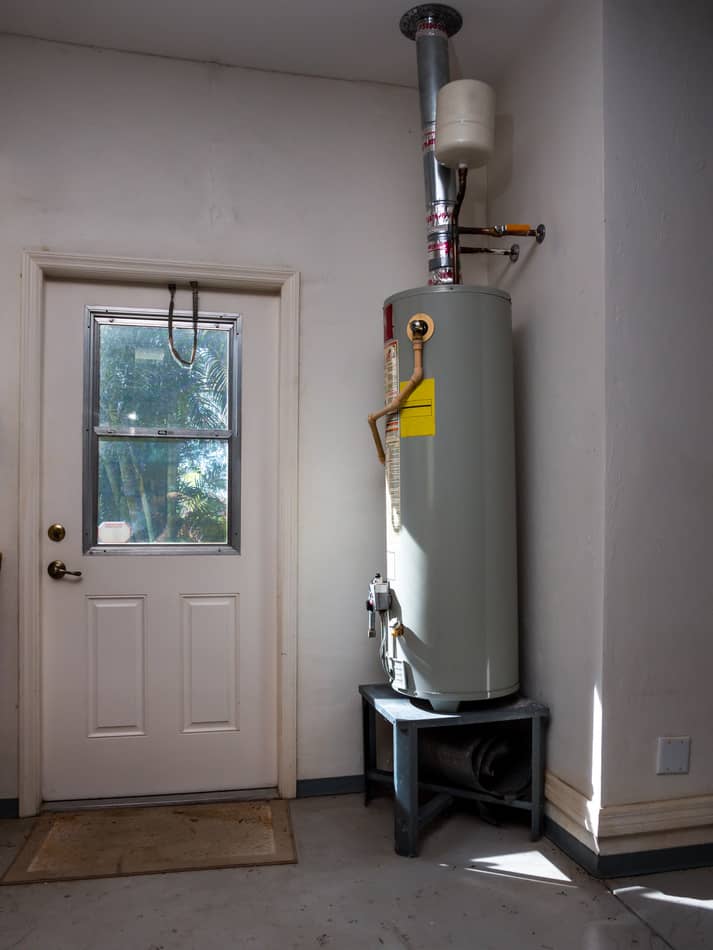On this page down the page you can get a lot of decent information concerning Water Heater Maintenance Tips You Can't Afford to Forget.

Hot water is important for day-to-day convenience, whether it's for a refreshing shower or cleaning dishes. To guarantee your hot water system runs successfully and lasts longer, regular upkeep is key. This post offers practical tips and insights on how to preserve your home's warm water system to prevent interruptions and pricey fixings.
Introduction
Maintaining your home's warm water system may seem overwhelming, however with a few straightforward steps, you can ensure it operates smoothly for many years to come. This guide covers every little thing from comprehending your warm water system to do it yourself maintenance ideas and recognizing when to contact specialist help.
Value of Maintaining Your Warm Water System
Normal upkeep not only prolongs the life-span of your warm water system but additionally guarantees it operates efficiently. Ignoring upkeep can bring about decreased performance, greater energy expenses, and also premature failing of the system.
Indicators Your Warm Water System Requirements Maintenance
Knowing when your warm water system requires attention can prevent significant issues. Look out for signs such as irregular water temperature level, weird noises from the heating unit, or corroded water.
Understanding Your Hot Water System
Prior to diving into upkeep tasks, it's useful to comprehend the fundamental elements of your warm water system. Commonly, this includes the water heater itself, pipes, anode rods, and temperature controls.
Monthly Maintenance Tasks
Regular monthly checks can assist catch minor problems before they escalate.
Flushing the Water Heater
Flushing your water heater removes sediment build-up, boosting performance and lengthening its life.
Monitoring and Changing Anode Rods
Anode poles stop rust inside the storage tank. Examining and replacing them when worn out is crucial.
Inspecting and Adjusting Temperature Level Setups
Changing the temperature setups makes certain ideal efficiency and security.
DIY Tips for Upkeep
You can do a number of maintenance jobs on your own to maintain your warm water system in top condition.
Looking for Leakages
Frequently examine pipes and connections for leakages, as these can result in water damage and greater expenses.
Testing Stress Alleviation Valves
Evaluating the stress relief valve ensures it operates properly and prevents too much stress accumulation.
Insulating Pipelines
Protecting hot water pipelines minimizes warmth loss and can conserve energy.
When to Call a Specialist
While do it yourself maintenance is valuable, some problems require professional expertise.
Complicated Problems Needing Professional Assistance
Examples include major leakages, electrical problems, or if your hot water heater is consistently underperforming.
Regular Expert Maintenance Perks
Professional upkeep can include detailed assessments, tune-ups, and ensuring conformity with security criteria.
Conclusion
Normal maintenance of your home's warm water system is necessary for efficiency, long life, and cost financial savings. By adhering to these suggestions and recognizing when to seek expert aid, you can make sure a reliable supply of hot water without unanticipated interruptions.
Water Heater Maintenance Tips
Test the TPR Valve
Shut off the power and the cold-water supply valve. Place a bucket under the pipe connected to the temperature-pressure-release (TPR) valve on the top or side of the tank. (This valve opens if the tank pressure gets too high.) Lift the valve’s tab to let some water out, then let go. If water keeps flowing, drain the tank partway, unscrew the old valve with a pipe wrench, and install a new one. Check the Anode Rod
Put a hose to the tank’s drain cock and let out a few gallons of water. Now fit a 1 1/16-inch socket onto the rod’s hex head on top of the heater (or under its top plate) and unscrew the rod. If it’s less than ½ inch thick or coated with calcium, buy a new one, wrap its threads with Teflon tape, put it back in the tank, and tighten securely. Use this segmented rod if headroom above the tank is limited. Drain the Tank and Wash Out Sediment
Drain the remaining water in the tank into the bucket, then stir up the sediment on the tank’s bottom by briefly opening the cold-water supply valve. Drain and repeat until clean water comes out of the hose. Close the drain cock, refill the tank, and turn its power back on. Adjust the Temperature
Find the temperature dial on the side of the tank and unscrew its cover. Adjust the dial to 120 degrees using a flathead screwdriver. For every 10 degrees the temperature is lowered, you can expect to save up to 5 percent in energy costs. Turn the water heater off or the thermostat down to its lowest setting if you plan to be away from home for more than three days. Insulate the Pipes
Buy some self-sticking 3/8-inch-thick foam pipe insulation that matches the pipes’ diameter. Slide the foam over the hot-and cold-water pipes as far as you can reach. Insulating the cold-water pipe prevents condensation in summer. Peel the tape and squeeze the insulation closed. If the pipe is 6 inches or less from the flue, cover it with 1-inch-thick unfaced fiberglass pipe wrap. https://www.thisoldhouse.com/plumbing/21016402/how-to-maintain-a-water-heater
:max_bytes(150000):strip_icc()/tankless-hot-water-system-in-the-basement-of-a-green-technology-home-529577258-77afda16fd494c6899a78000888c3204.jpg)
As a serious person who reads on Tips on Maintaining a Water Heater, I think sharing that excerpt was really helpful. Liked our write-up? Please quickly share it. Help somebody else find it. I am grateful for your time. Come back soon.
Need Help? Hire Us Now!